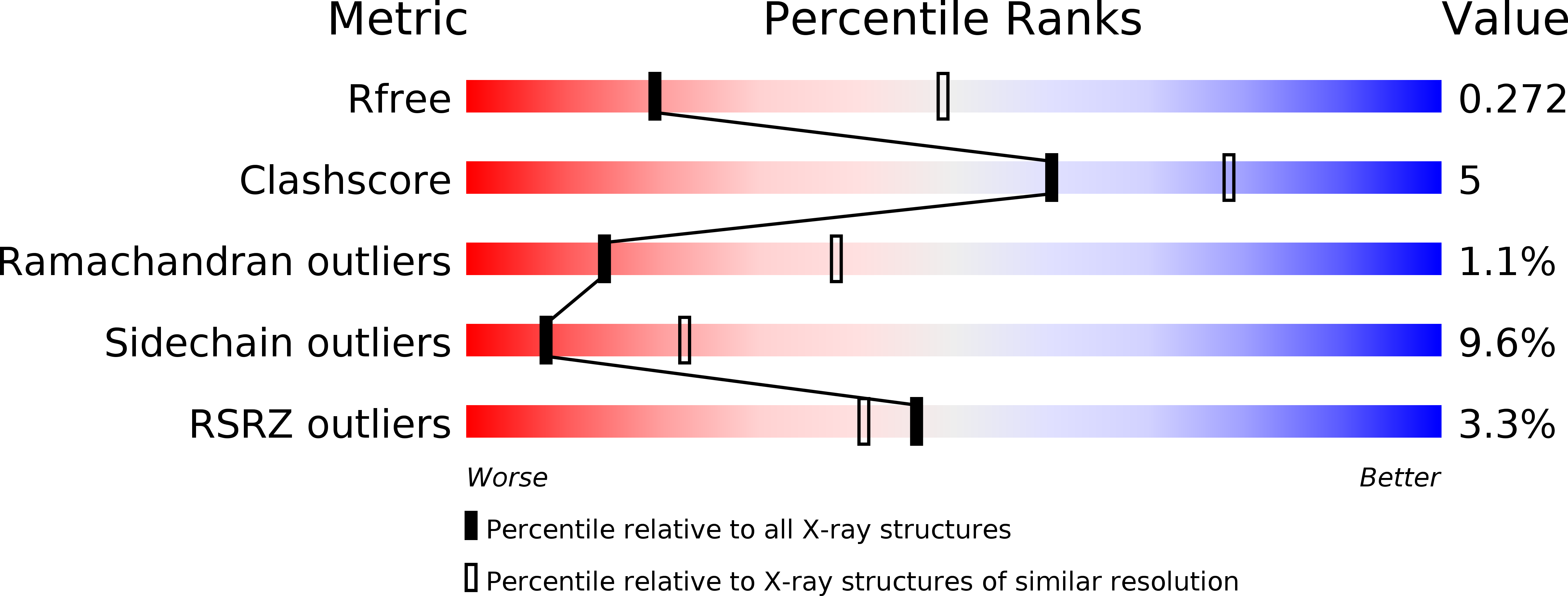
Deposition Date
2017-01-10
Release Date
2017-04-05
Last Version Date
2024-05-08
Entry Detail
Biological Source:
Source Organism:
Homo sapiens (Taxon ID: 9606)
Synthetic construct (Taxon ID: 32630)
Synthetic construct (Taxon ID: 32630)
Host Organism:
Method Details:
Experimental Method:
Resolution:
2.85 Å
R-Value Free:
0.26
R-Value Work:
0.22
R-Value Observed:
0.22
Space Group:
P 32 2 1


